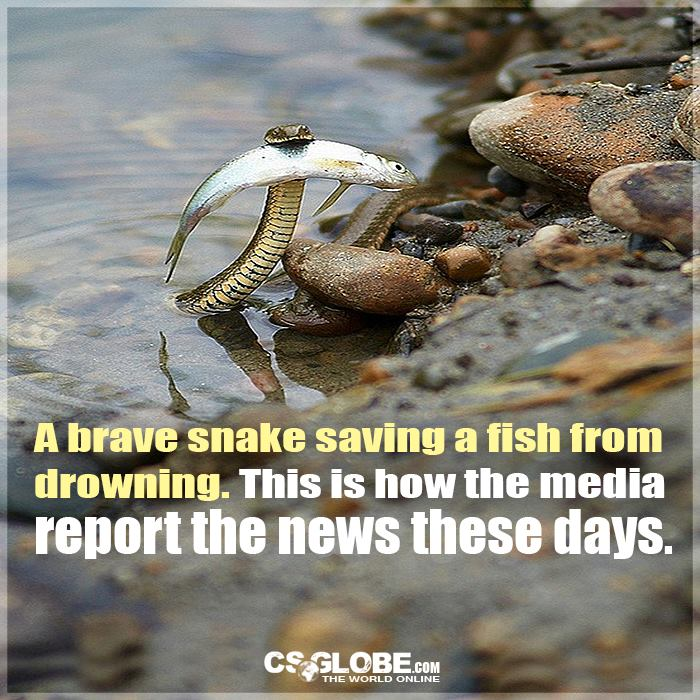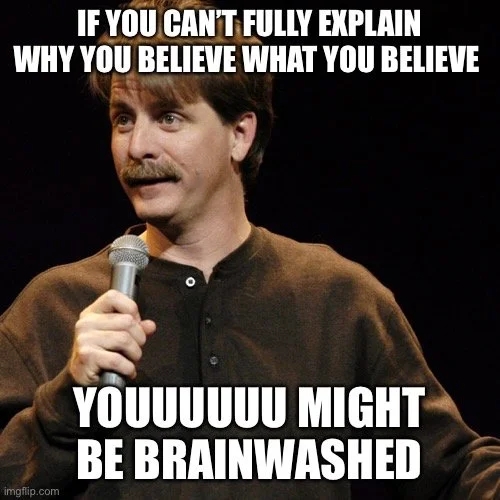Now that I’ve had time to think about it, I realised that I made a terrible mistake regarding the stages of propaganda. All malicious narratives are deceptive, be they divisive or demoralising. All warfare is deception, and the greatest act of deception is to demoralise one’s enemy into not even fighting. As such, propaganda is a form of psychological warfare. All subversion is deception, thus “deception” is far too broad to be considered the first stage; no, “distortion,” I think the first stage should be called.
At the end of the last article, there were several hyperlinks to previous articles I had written about things like logical fallacies, so for now, I’ll just go through some other types of deceptive narratives. This will be a quick addendum, since I don’t feel like re-writing my last article. I may turn this entire series into a book anyway, depending on how long it becomes, so perhaps I’ll make my revisions then. Look, no-one reads me stuff because I’m organised!
One particularly popular type of deception, which is yet another variation of cherry-picking, is the lie by omission. This is the practise of telling only partial truths in order to coax the consumer of the narrative into drawing a certain conclusion. For this reason, it is necessary to ask the question “is there more to the story?” The casual reader, for example, won’t get past the first paragraph of an article (or in some cases, the headline), and so will jump to conclusions based entirely on an overly-simplistic summary, and most “journalists” know this, hence they spoon-feed the prescribed narrative in the first few sentences, then proceed to debunk themselves later on, as the observant reader will note, only to be told that they are “reading too much into it” by the majority of people with whom they try to engage on the topic. Very slimy.
A lie by structure is very similar, but cloaked in an additional layer of complexity that makes emotional manipulation easier and cross-examination much more time-consuming. For my purposes, I treat the two as the same thing, and I rarely even use the terms “lie by omission” or “lie by structure,” and instead stick to the classic logical fallacies. When I start dissecting individual narratives, you will see what I mean.

Finally, don’t believe the “fact-checkers.” Such pundits are the types of people who say that ongoing scientific research is “false” because the standard model disagrees with the new data, and the standard model is sacred. “My mind is made up, don’t confuse me with facts” is the true creed of the fact-checker. Ask yourself instead “is this really the case?” Also, don’t believe everything I tell you. I argue like a cheeky bastard, but nine times out of ten, I’m not trying to persuade anyone to change their mind (since that’s never worked for me anyway), I’m just trying to get people to improve their arguments. As before:

One thought on “Propaganda and Subversion, Part 1.1: Distortion”